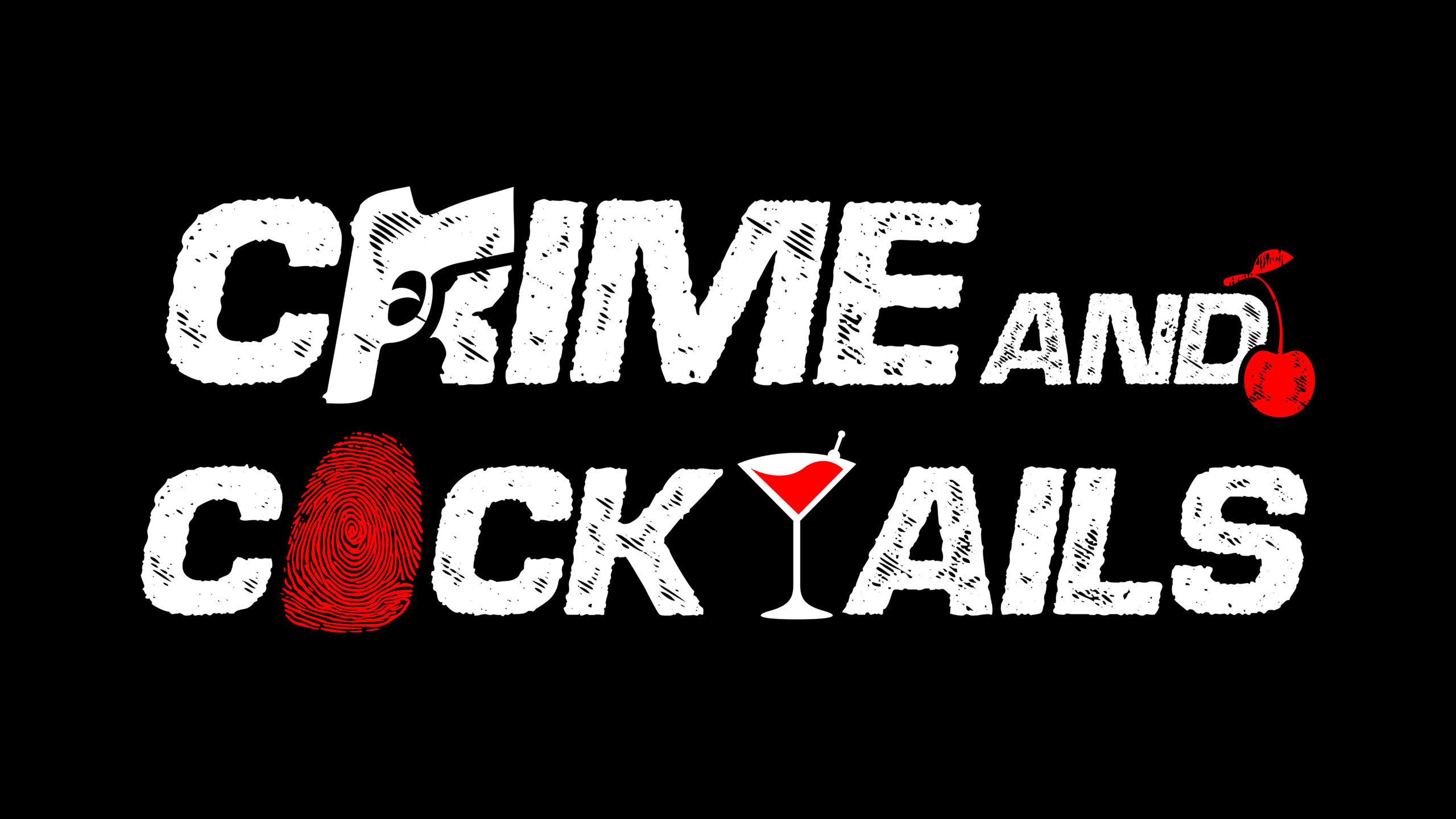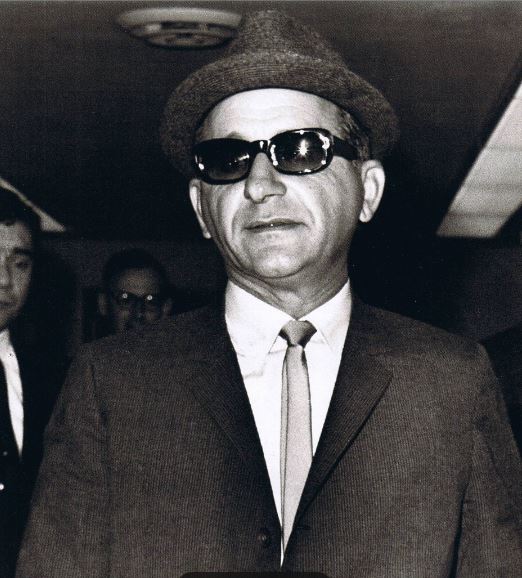In the underworld of organized crime, power isn’t just measured by bullets and bodies—it’s measured by secrets. And none were more valuable than the client lists.
For decades, Mafia families across America operated not just as criminal syndicates, but as shadow brokers to the elite. They supplied drugs, women, protection, influence—and sometimes even votes. But behind every payoff, every blackmail drop, and every crooked deal was a ledger—mental or written—that few ever saw and even fewer survived knowing. The client list wasn’t just a record. It was leverage. It was a loaded gun pressed against the temple of the powerful.
And the Mafia guarded those names with a ruthlessness unmatched.
The “Service Industry” of the Mob
While Hollywood often focuses on mobsters whacking rivals or running rackets, the real business was often in serving the shadows of high society—politicians, businessmen, law enforcement, celebrities. Need a judge bribed? A rival’s reputation destroyed? A sexual secret buried under concrete? The mob offered a menu of dark favors. And those who ordered became clients, knowingly or not.
The Five Families of New York—Bonanno, Colombo, Gambino, Genovese, and Lucchese—each had their own clientele. But keeping those names hidden was a sacred part of La Cosa Nostra’s code. To name a client was worse than naming a fellow made man. Because clients were currency.
Sam Giancana, the flashy Chicago Outfit boss, reportedly had connections to Frank Sinatra, JFK, and Marilyn Monroe. According to declassified CIA files, he worked with U.S. intelligence during the Cold War in plots to assassinate Fidel Castro (CIA Docs, 2007). Why him? Because Giancana had connections—blackmail files, dirty photos, and access to dark truths.
And when the CIA comes to the Mob for favors, you start to understand how deep those client lists ran.
The House of Secrets: The Brenda Allen Parallel
Though not traditionally seen as Mafia, Brenda Allen, the madam who ruled 1940s Los Angeles, ran a prostitution ring protected by the LAPD and frequented by Hollywood’s elite. Her downfall in 1948 risked exposing hundreds of influential clients—until, mysteriously, her little black book disappeared. The LAPD scrambled to cover up the scandal, and Allen was quietly removed from the public eye.
The Mafia learned well from these moments. The sex trade, gambling dens, and secret clubs they operated weren’t just about money—they were information farms. Every service was a transaction. Every transaction a possible noose.
The Gotti Era: Smoke and Mirrors
John Gotti, the Dapper Don of the Gambino family, knew the value of appearance and control. While his bravado eventually led to his downfall, his early years were marked by meticulous control over internal communications and a near-religious adherence to omertà—the code of silence.
Those who broke that code rarely lived long enough to tell the story twice.
One infamous example was the 1986 murder of Gambino underboss Robert DiBernardo. A quiet operator, DiBernardo was allegedly running a pornography empire with high-level clients in tow. When whispers started that he might flip—or that the feds were circling—he was silenced. Gotti reportedly ordered the hit not just to prevent a rat, but to bury the names DiBernardo knew.
Gotti understood that exposure of clients didn’t just bring law enforcement—it brought war.
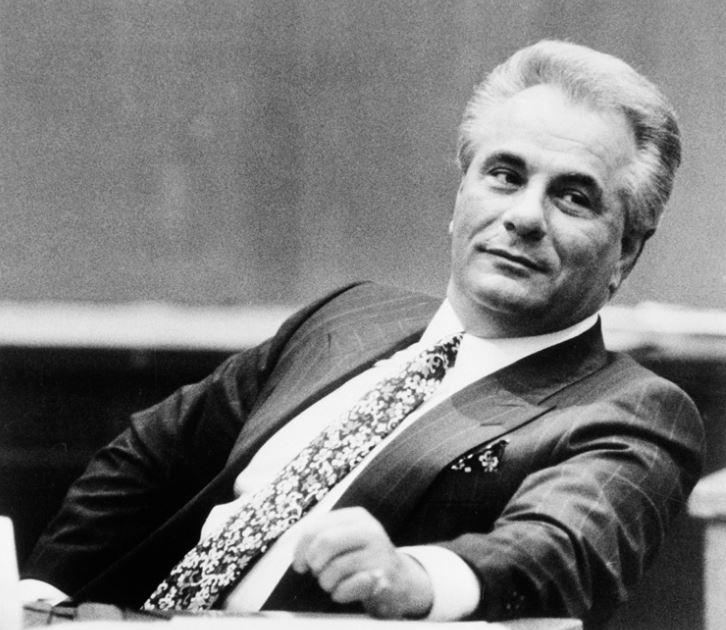
Client List as Insurance Policy
For some mobsters, keeping a client list was a death sentence. For others, it was insurance.
Frank “Lefty” Rosenthal, the inspiration for Robert De Niro’s character in Casino, ran the Stardust in Las Vegas and reportedly had ties to everyone from Chicago mobsters to corrupt Nevada officials. He survived a car bomb assassination attempt in 1982. Why? Some say it was a warning. Others believe it was a failed hit meant to silence a man who knew too much about the gambling habits—and debts—of powerful men.
There’s a long-standing theory that the mob allowed certain figures to live so long as they kept their mouths shut—and their files sealed. Once that trust was gone, so was the protection.
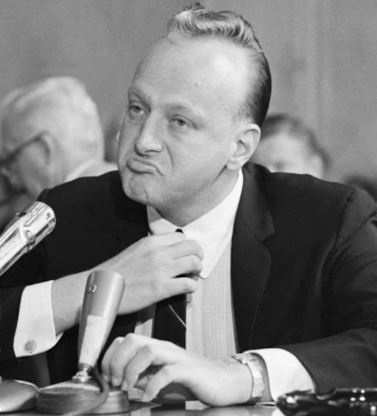
The Digital Era: New Tricks, Same Secrets
The Mafia may have adapted to modern times, but one thing never changed: the obsession with controlling information.
In the early 2000s, FBI wiretaps and RICO charges cracked open several Mafia families. But even in an era of mass surveillance, mobsters avoided putting names to paper or phone. Meetings were held in parks. Codes were used. Conversations in cars were drowned out by turning up the radio. Clients were always referred to in euphemisms—”the lawyer,” “the senator,” “the fat guy with the thing.”
And when digital backups became common, so did arson.
In 2005, a mysterious fire destroyed the Brooklyn offices of a reputed Genovese associate under federal investigation. The cause? Arson. The motive? Possibly to erase client data allegedly stored on-site.
The mob’s paranoia wasn’t unfounded.
Those Who Talked
Of course, some did talk. Joe Valachi, the first made man to publicly testify about the Mafia in 1963, never gave up client names—but not for lack of knowing. The feds were more interested in the structure of the Mafia than its social Rolodex. Likewise, Sammy “The Bull” Gravano, who brought down John Gotti, kept most client info close to the chest, focusing instead on internal killings and betrayals.
Why?
Because to name a client was to pull a thread that could unravel entire governments, agencies, businesses—and even the media.
It’s not that they didn’t want to tell. It’s that they knew the consequences.
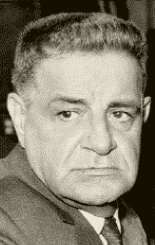
The Silence Remains
To this day, some of the darkest files in FBI vaults are sealed not because of the Mafia’s crimes—but because of who those crimes touched. Names redacted. Photos classified. Wiretaps never released.
The mob, at its peak, wasn’t just a criminal enterprise—it was a protection racket for the powerful. It kept its clients in the shadows, and in return, the shadows kept the mob alive.
Even as Mafia power wanes in the U.S., replaced by cartels and tech-savvy global syndicates, the ghost of those client lists still haunts courtrooms, case files, and whispered conversations in Washington and Wall Street.
Because the real power of the Mafia never came from the streets—it came from the secrets it never told.

